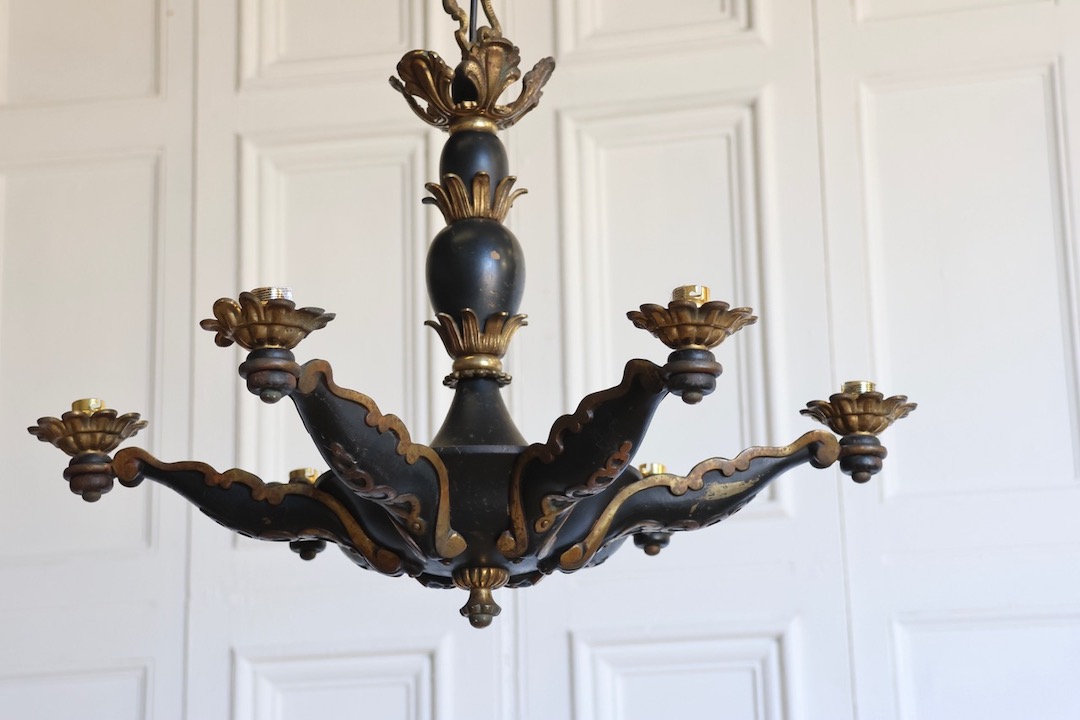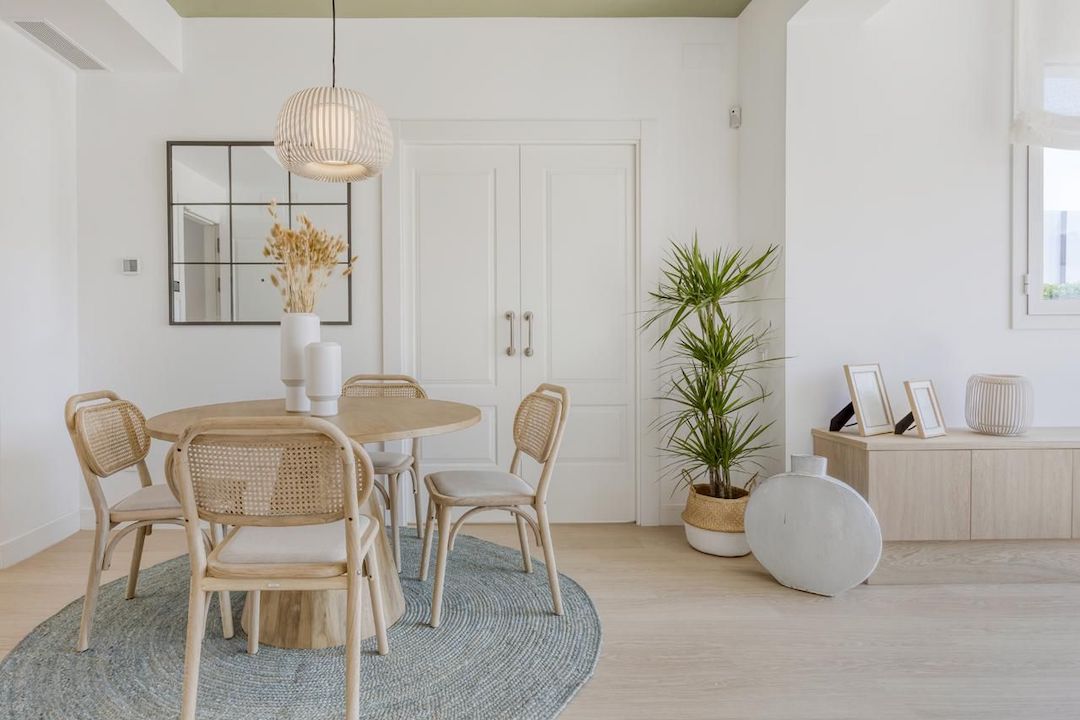The history of celadon lantern chandeliers is deeply intertwined with the rich tapestry of Chinese ceramics, which dates back thousands of years. Celadon, a term that refers to a specific type of glaze, emerged during the Eastern Han Dynasty (25-220 AD) and gained prominence during the Song Dynasty (960-1279 AD). The unique jade-like quality of celadon glazes, characterized by their subtle green hues, was highly prized among the elite and became synonymous with sophistication and elegance.
The production of celadon ceramics flourished in various regions of China, particularly in Longquan, where artisans perfected the art of glazing and firing techniques. As the centuries progressed, celadon transitioned from being merely functional pottery to an essential element in decorative arts, including lanterns and chandeliers. By the Ming Dynasty (1368-1644 AD), the use of celadon in lighting fixtures became increasingly popular, as it provided not only illumination but also an aesthetic appeal that enhanced the ambiance of any space.
The intricate designs and craftsmanship involved in creating celadon lantern chandeliers reflect the cultural values of harmony and balance that are central to Chinese philosophy. These chandeliers often featured motifs inspired by nature, mythology, and traditional Chinese symbols, making them not just sources of light but also storytelling devices that conveyed deeper meanings.
The Unique Features of Chinese Celadon Lantern Chandeliers
Chinese celadon lantern chandeliers Lamolighting are distinguished by their exquisite craftsmanship and unique aesthetic qualities. One of the most notable features is the celadon glaze itself, which can range from pale green to deep jade tones, often with a translucent quality that allows light to filter through beautifully. This characteristic creates a warm and inviting glow when the chandelier is lit, enhancing the overall atmosphere of a room.
The glaze is achieved through a meticulous process involving high-temperature firing, which not only solidifies the ceramic but also imparts its signature color and texture. In addition to the glaze, the design elements of celadon lantern chandeliers are equally captivating. Many chandeliers incorporate traditional Chinese motifs such as lotus flowers, dragons, and phoenixes, each symbolizing various aspects of Chinese culture and philosophy.
The intricate carvings and patterns are often hand-painted or etched into the surface, showcasing the artisan’s skill and attention to detail. Furthermore, these chandeliers may feature multiple tiers or layers, allowing for a more dynamic visual presentation. The combination of color, texture, and design makes celadon lantern chandeliers not just functional lighting fixtures but also stunning works of art that can serve as focal points in any room.
How to Incorporate a Celadon Lantern Chandelier into Your Home Decor
Incorporating a celadon lantern chandelier into your home decor can elevate your space by adding a touch of elegance and cultural richness. One effective way to do this is by placing the chandelier in a dining area or foyer where it can serve as a statement piece. In a dining room, a well-placed celadon chandelier can create an inviting atmosphere for family gatherings or dinner parties.
The soft glow emitted by the chandelier enhances the dining experience while also drawing attention to the table setting below. Another approach is to integrate the chandelier into a more eclectic or contemporary design scheme. Celadon lantern chandeliers can complement modern furnishings by providing a contrast that adds depth to the overall aesthetic.
For instance, pairing a celadon chandelier with minimalist furniture can create a striking visual balance. Additionally, consider using complementary colors in your decor—such as soft whites or muted earth tones—to allow the chandelier’s unique hues to stand out without overwhelming the space. Accessories like celadon vases or artwork can further tie the room together, creating a cohesive look that celebrates both tradition and modernity.
The Symbolism and Cultural Significance of Celadon in Chinese Art
Celadon holds profound cultural significance in Chinese art, symbolizing purity, tranquility, and harmony. The color green, often associated with celadon glazes, is traditionally linked to nature and renewal in Chinese philosophy. This connection to nature is reflected in many celadon pieces that feature motifs inspired by flora and fauna.
For instance, lotus flowers are commonly depicted in celadon ceramics, symbolizing purity and enlightenment due to their ability to bloom beautifully even in muddy waters. Moreover, celadon has historically been regarded as a status symbol among the elite classes in China. During the Song Dynasty, for example, celadon wares were highly sought after by scholars and officials who appreciated their aesthetic qualities as well as their connection to Confucian ideals of simplicity and refinement.
The use of celadon in lantern chandeliers not only serves a practical purpose but also embodies these cultural values, making them significant artifacts that reflect the artistic heritage of China. Each piece tells a story that transcends time, connecting contemporary viewers with centuries of tradition.
The Craftsmanship and Artistry Behind Celadon Lantern Chandeliers
The craftsmanship involved in creating celadon lantern chandeliers is a testament to the skill and dedication of Chinese artisans. The process begins with selecting high-quality clay that can withstand high temperatures during firing. Artisans meticulously shape the clay into desired forms, often using traditional techniques passed down through generations.
Once shaped, the pieces are left to dry before being fired in kilns at temperatures exceeding 1,200 degrees Celsius. This high-temperature firing is crucial for achieving the durability and translucence characteristic of celadon glazes. After firing, artisans apply multiple layers of glaze to achieve the desired color and finish.
The glazing process requires precision; even slight variations in temperature or application technique can result in different shades or textures. Once glazed, the pieces undergo a second firing to set the glaze permanently. The final step involves intricate detailing—whether through hand-painting or carving—adding layers of artistry that make each chandelier unique.
This level of craftsmanship not only highlights the technical skills involved but also reflects a deep respect for tradition and an understanding of aesthetics that has been cultivated over centuries.
The Versatility of Celadon Lantern Chandeliers in Different Design Styles
Traditional Elegance
In traditional settings, these chandeliers can enhance classic decor with their historical significance and intricate designs. They pair beautifully with wooden furniture, silk textiles, and other elements that evoke a sense of heritage and craftsmanship. In such environments, a celadon chandelier can serve as a focal point that draws attention while harmonizing with other traditional elements.
Modern Twist
Conversely, celadon lantern chandeliers can also find their place in modern or contemporary interiors. Their unique color palette offers an unexpected pop against minimalist backdrops or industrial settings characterized by metal and glass materials. In these contexts, they can serve as conversation starters—pieces that bridge the gap between old-world charm and modern sensibilities.
Eclectic Harmony
By incorporating celadon chandeliers into eclectic spaces filled with diverse decor elements, homeowners can create visually stimulating environments that celebrate both tradition and innovation.
Tips for Caring for and Maintaining a Celadon Lantern Chandelier
Caring for a celadon lantern chandelier requires attention to detail to preserve its beauty and integrity over time. Regular dusting is essential; using a soft microfiber cloth can help remove dust without scratching the delicate surface of the glaze. It’s advisable to avoid harsh chemicals or abrasive cleaners that could damage the finish.
Instead, opt for gentle cleaning solutions if necessary—diluted mild soap mixed with water can effectively clean without compromising the glaze. When it comes to maintenance, periodic inspections are crucial to ensure all components are functioning correctly. Check for loose fittings or signs of wear on electrical components; addressing these issues promptly can prevent more significant problems down the line.
Additionally, consider using LED bulbs for illumination; they produce less heat than traditional incandescent bulbs, reducing wear on both the chandelier and its electrical components while providing energy-efficient lighting.
Where to Find Authentic Chinese Celadon Lantern Chandeliers
Finding authentic Chinese celadon lantern chandeliers requires careful consideration and research to ensure quality and authenticity. Antique shops specializing in Asian art or antiques often carry genuine pieces that reflect traditional craftsmanship. These shops may provide provenance information that adds value to your purchase by confirming its historical significance.
Online marketplaces dedicated to fine art and antiques also offer opportunities to acquire authentic celadon lantern chandeliers. Websites like 1stDibs or Artsy feature curated selections from reputable dealers who specialize in Asian art forms. When purchasing online, it’s essential to read descriptions carefully and look for detailed photographs that showcase craftsmanship quality.
Additionally, seeking out reviews or ratings from previous buyers can provide insights into the reliability of sellers and help ensure you’re investing in an authentic piece that will enhance your home decor for years to come.





